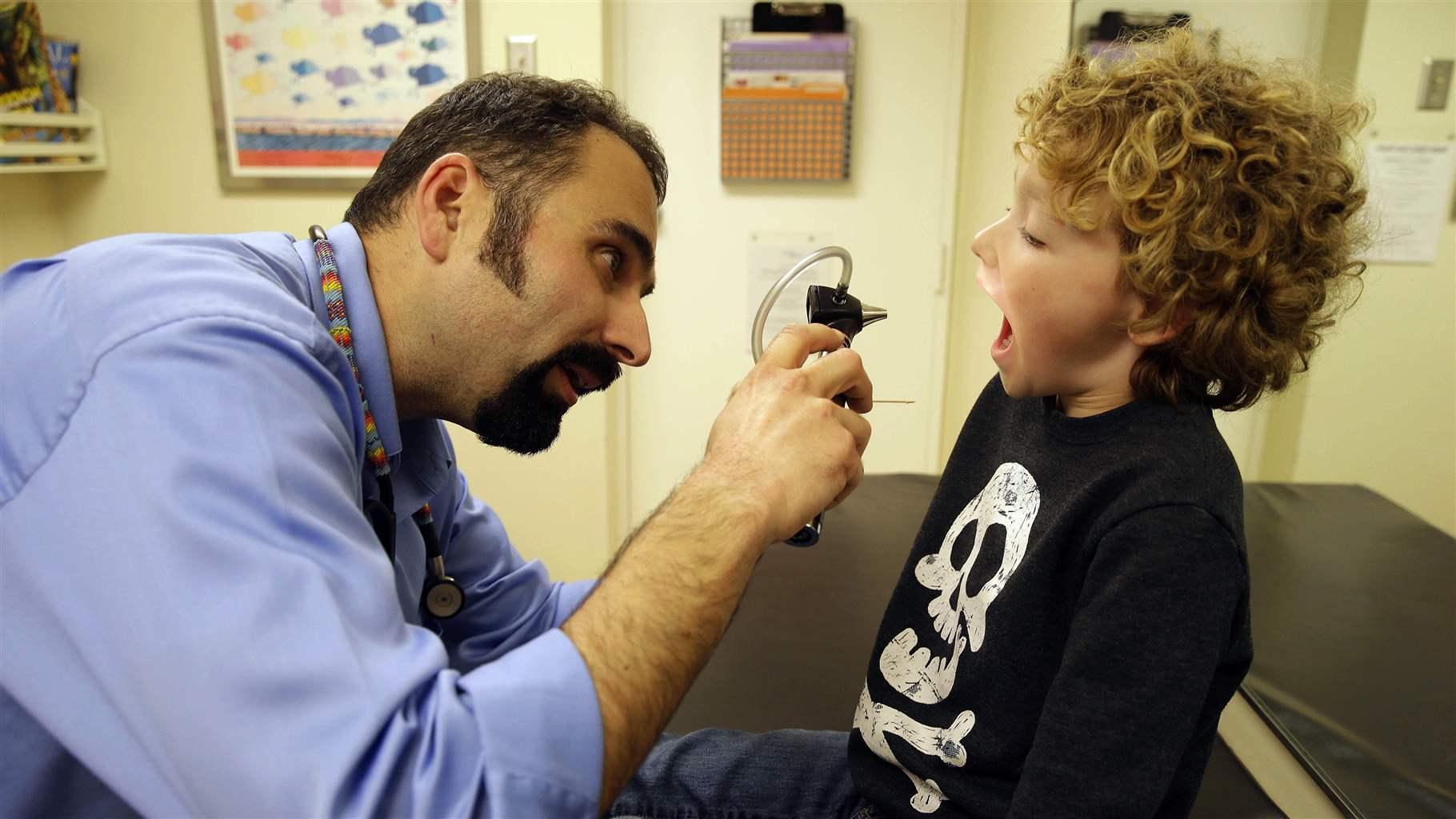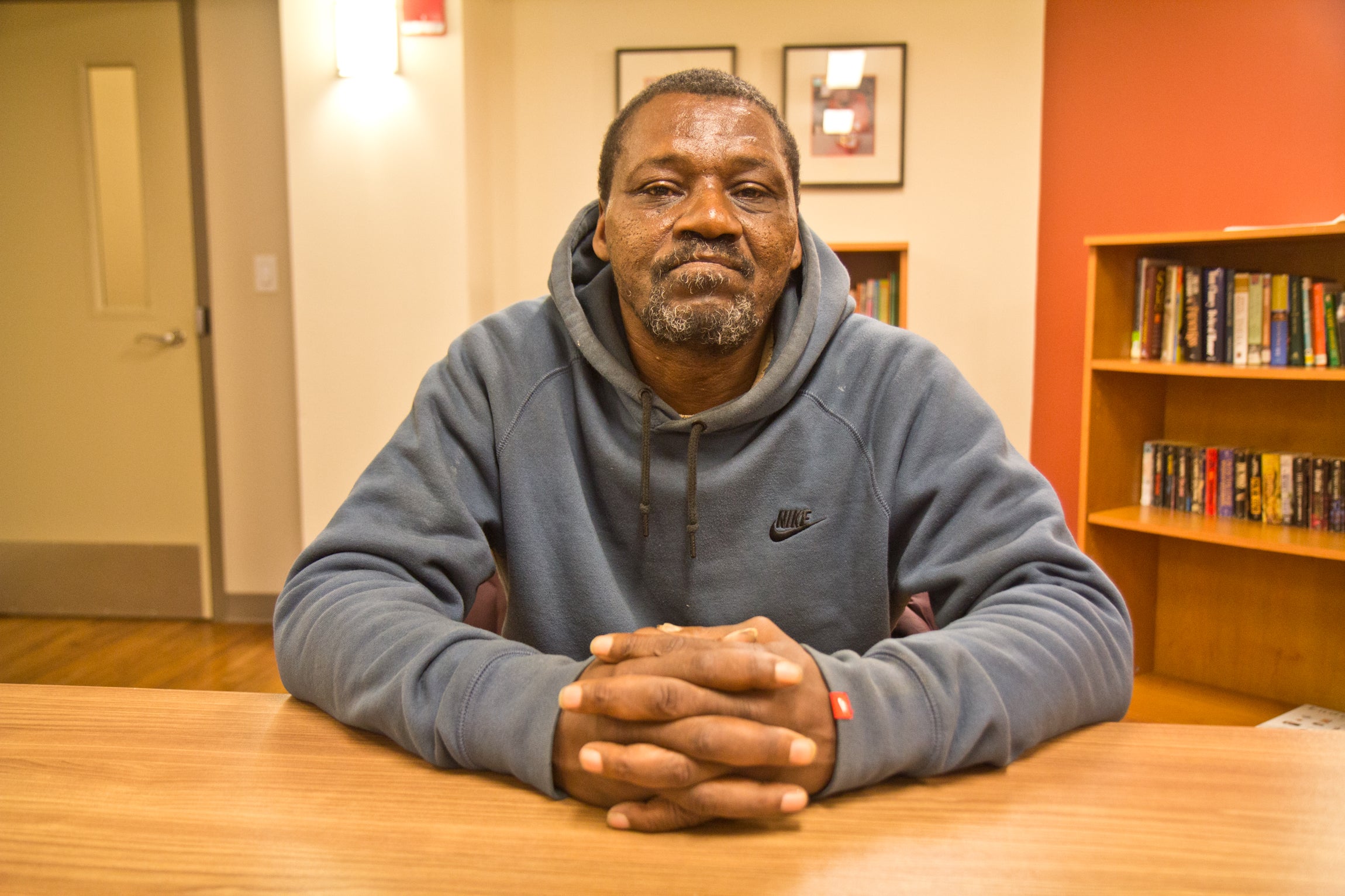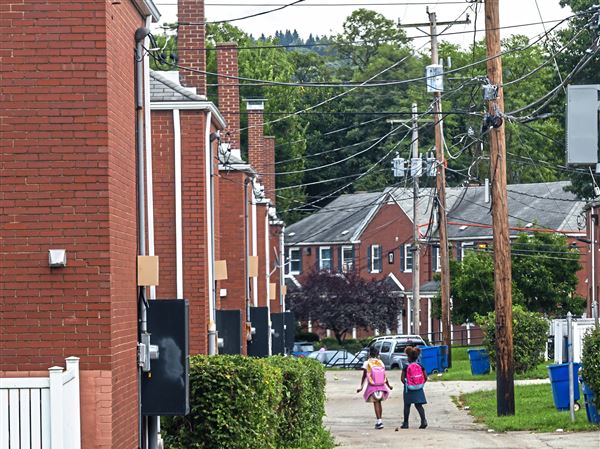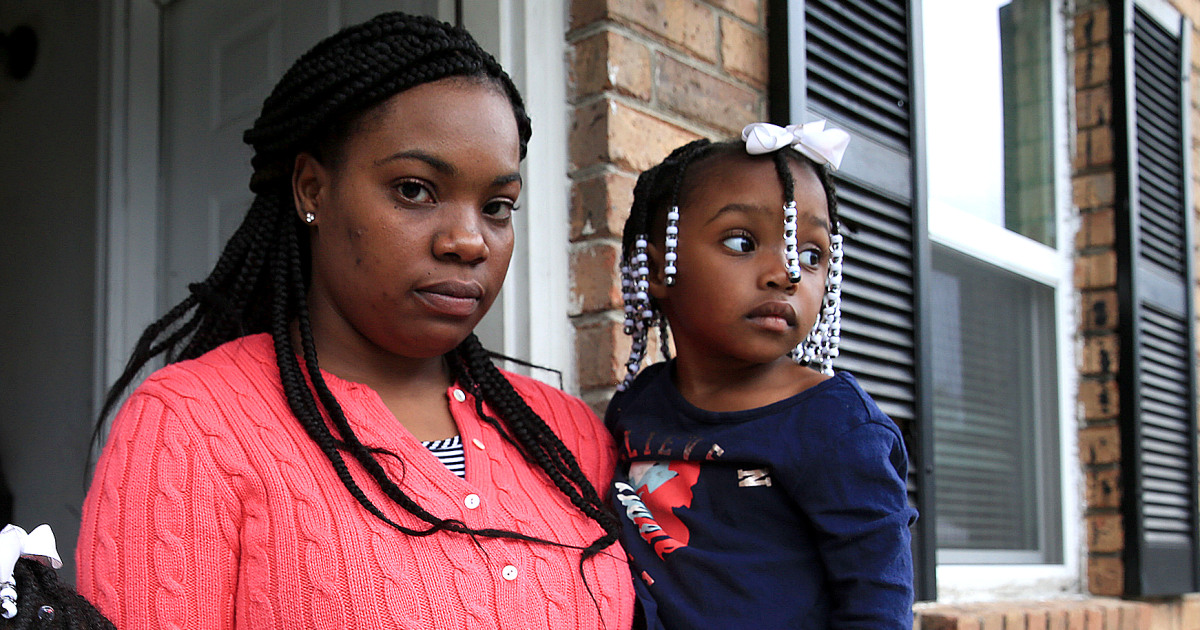Employers increased payrolls by only 20,000 in February, a stark contrast to the two preceding months.
The economy added far fewer jobs than expected in February, a slowdown from much stronger gains in December and January. But the jobless rate fell to 3.8 percent, and earnings growth picked up.
Health analysts say the decrease might mean that more kids are going without the health care they need.
General Assistance is for low-income residents who need help, but don’t qualify for traditional welfare because they don’t have dependents.
Some cities slap liens on homes for unpaid bills, then sell those liens to the highest bidder.
An anti-displacement program in San Francisco requiring the city to offer significant portions of affordable housing developments to people who live in the areas where they’re built appears to be performing as planned since it began around two years ago.
A growing number of people are becoming homeless late in life, say researchers who attribute the finding to the lack of an adequate safety net for poorer senior citizens.
In Dallas, 83 percent of people in poverty are black or Hispanic, and that’s actually an improvement
The national Hispanic poverty rate fell to an all time low in 2017, continuing a years long downward trend, according to U.S. Census Bureau…
In cities, dollar stores trade in economic despair, with many residents saying they are a vital source of cheap staples. But as the stores cluster in low-income neighborhoods, critics worry they are not just a response to poverty — but a cause. Residents fear the stores deter other businesses.
Some states can revoke your job license if you fall behind. Democratic Sen. Elizabeth Warren and Republican Sen. Marco Rubio introduced legislation that would outlaw that practice.
For some people in Newport News and Hampton, broadband internet is too expensive. Agencies and organizations have developed programs to help provide access.
Companies are using gimmicks and fine print to lure low-income taxpayers into hiring them for tax preparation, often charging far greater fees than what other preparers would charge for the same service.






















